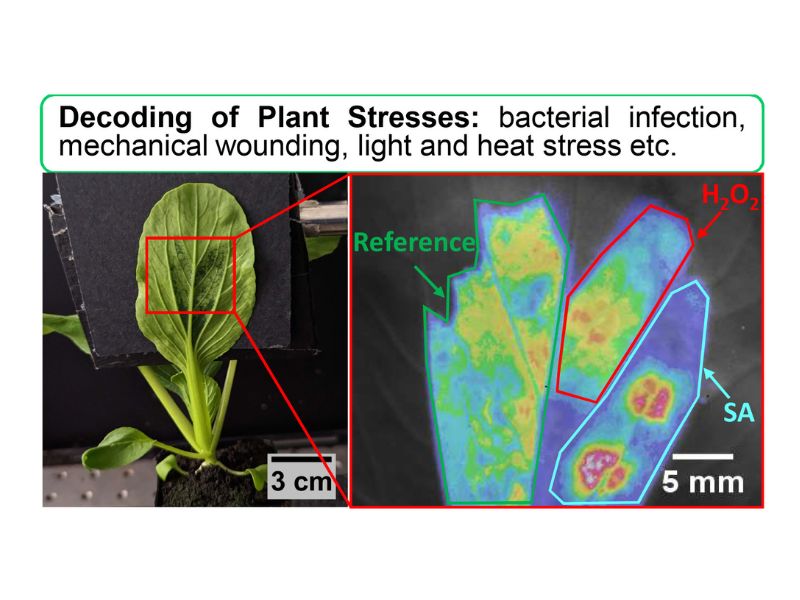The researching team at Massachusetts Insurance of Technology has successfully discovered signals that can reveal when plants are experiencing stressors, such as heat, light, or attack from insects or bacteria. According to certain reports, the stated finding is birthed by these specialized sensors that are well-equipped to detect two signaling molecules in hydrogen peroxide and salicylic acid (a molecule similar to aspirin), both used by plants to convey their response to stress. As plants produce these molecules at different timepoints for each type of stress, the whole process eventually creates distinctive patterns to make up an early warning system for any threats that could possibly be on the horizon for your crops. Talk about the sensory technology in play here, developed during the year 2020, this technology can detect hydrogen peroxide, which like we referred to, plant cells use as a distress signal. But how does that happen on a more actionable level? Well, made with tiny carbon nanotubes wrapped in polymers, the sensor bears an ability to actually chop and change the three-dimensional structure of its polymer material. Such ability makes it possible for the system to accommodate different molecules, and therefore, issue a fluorescent signal when the target is present.
“With climate change and the increasing population, there is a great need to understand better how plants respond and acclimate to stress, and also to engineer plants that are more tolerant to stress. The work reveals the interplay between H2O2, one of the most important reactive oxygen species in plants, and the hormone salicylic acid, which is widely involved in plants’ stress responses, therefore contributing to the mechanistic understanding of plants stress signaling,” said Eleni Stavrinidou, a senior associate professor of bioengineering at Linköping University in Sweden, who was not involved in the research.
The researchers, in the context of this study, applied the sensors for hydrogen peroxide and salicylic acid to pak choi, a leafy green vegetable also known as bok choy or Chinese cabbage. Markedly enough, they were able to integrate the sensors by dissolving them in a solution. Then, the next step was to apply the given solution to the underside of a plant leaf. Once the team did so, the sensors entered the leaf through pores called stomata and seemingly settled within the mesophyll, the layer where most photosynthesis takes place. Hence, upon the activation of technology, researchers could successfully detect the relevant signals using an infrared camera. Before doing so, the researchers also exposed the plant to four different types of stressors, including heat, intense light, insect bites, and bacterial infection. Going by the available details, their findings revealed that plants generated distinctive responses to each type of stressor. Furthermore, each type of stress was observed to be crucial in making the plant produce hydrogen peroxide within minutes, reaching maximum levels within an hour, and then returning to normal. Another detail worth a mention would be how heat, light, and bacterial infection all provoked salicylic acid production inside two hours of the stimulus, but at distinct time points. Insect bites, on the other hand, did not stimulate salicylic acid production at all.
For the future, the researchers at MIT are fine-tuning the stated sensors to create sentinel plants that can be monitored to timely alert farmers whenever their crops are under stress. Further, the team is also working on a technology which won’t just inform you on the stress plaguing your crops, but it will also trigger a response like altering the temperature or the amount of light in a greenhouse.




